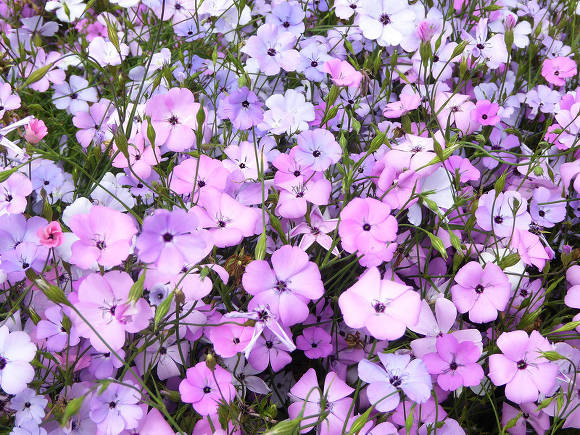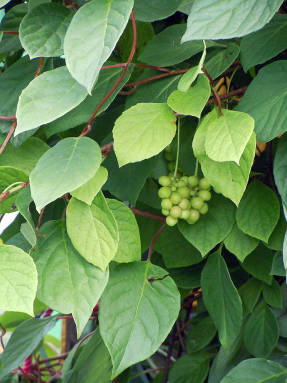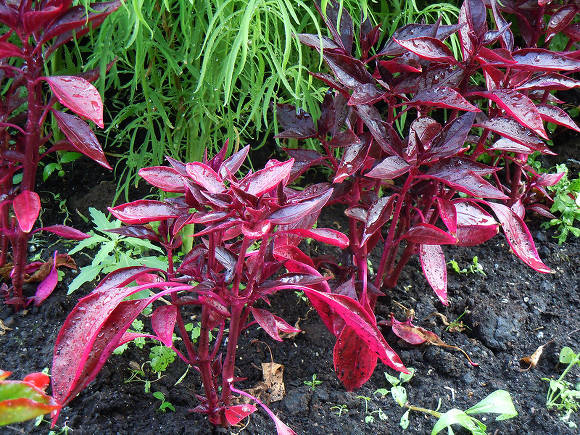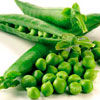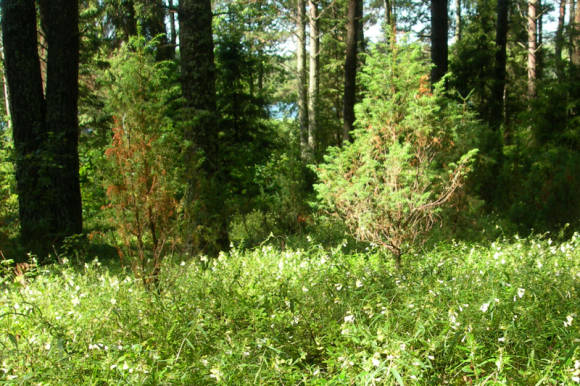
There are probably few such houses where there would be no plants! Even those who are completely indifferent to flowers, just by tradition, keep some pelargonium or aloe on their windowsill ... What can we say about real enthusiasts who cherish and cherish their favorites, use every free corner in order to accommodate everything new and new pets. But the corners, at times, are often not enough! But this is not at all a reason to abandon plants in the interior, you just need to choose the right, compact plants that do not take up much space.
You can, of course, dwell on the plants formed using the "bonsai" technique, but it is difficult to "make" such a plant on your own and it takes quite a long time, and buying even a small amount of such plants is not always affordable. Therefore, our choice stops at a group of plants bearing the general name "succulents". This is not a curse, but a Latin word succulentus - juicy, or succus - juice. Many of these plants are compact, but this is not their only advantage. They are unpretentious, require a minimum of care, reproduce well vegetatively, are diverse in appearance, some bloom brightly and unusually, can grow together in one container, forming beautiful compositions that can be supplemented with decorative pebbles.
 |  |
It is worth experimenting with the combination of plants in color, shape and texture of the leaves. In many species, scarlet (Aloe) the leaves are decorated with thorns, sometimes subtle, sometimes frighteningly thick and strong. The leaf plate can be monochromatic (green or dark green) or variegated, with light strokes and spots.

Some plants from the genus Haworthia (Haworthia) boast leaves adorned with transverse folds or pearl-like tubercles.
Genus peperomia (Peperomia) can offer a wide variety of mini-garden plants, with smooth, wrinkled or pubescent leaves, bluish, yellowish, reddish or traditionally green.
The milkweed (Euphorbia) there are both giant species and small plants, with purple, variegated, yellow leaves, smooth or wavy edges, with thorny stems, there are plants that resemble a smooth ball, and there are similar to cacti.
Ledeburia is suitable from bulbous succulents (Ledebouria), also called scilla, with variegated leaves and small bell-shaped flowers on spike-shaped inflorescences and a larger drymiopsis (Drimiopsis). Both plants grow rapidly, forming many baby bulbs.
 |  |
 |  |
 When maintaining a composition of succulents, usually there are no difficulties, you just need to choose the right container and plant the plants. When choosing a container, we focus not only on our own taste, but also take into account the needs of plants. The container should have low edges, the diameter is greater than the height. Inside there may be another container with a drainage hole, if it is absent, we pour a layer of any drainage material on the bottom. River sand must be added to the soil mixture for growing succulents, half or two-thirds of the mixture, depending on the quality of the soil. It is better to use sod or leaf land, if possible, the soil mixture must be steamed.
When maintaining a composition of succulents, usually there are no difficulties, you just need to choose the right container and plant the plants. When choosing a container, we focus not only on our own taste, but also take into account the needs of plants. The container should have low edges, the diameter is greater than the height. Inside there may be another container with a drainage hole, if it is absent, we pour a layer of any drainage material on the bottom. River sand must be added to the soil mixture for growing succulents, half or two-thirds of the mixture, depending on the quality of the soil. It is better to use sod or leaf land, if possible, the soil mixture must be steamed. It is necessary to think over a plan for placing plants in a container in advance, given that the composition will be viewed from different sides. Selected plants are planted not close to each other, leaving room for growth. These spaces can be decorated with decorative stones, shells, colored glass balls. Further care of the composition is reduced to rare watering and loosening of the soil mixture, if it has not been decorated.
Not all growers agree that succulents need to be fertilized, but if you decide to feed your pets, it is better to use complex mineral fertilizers in half the concentration of the recommended dosage.



